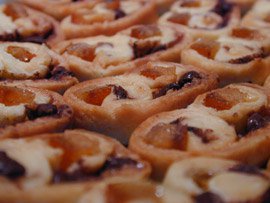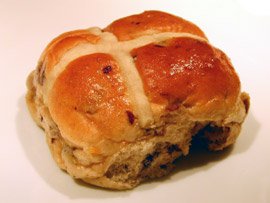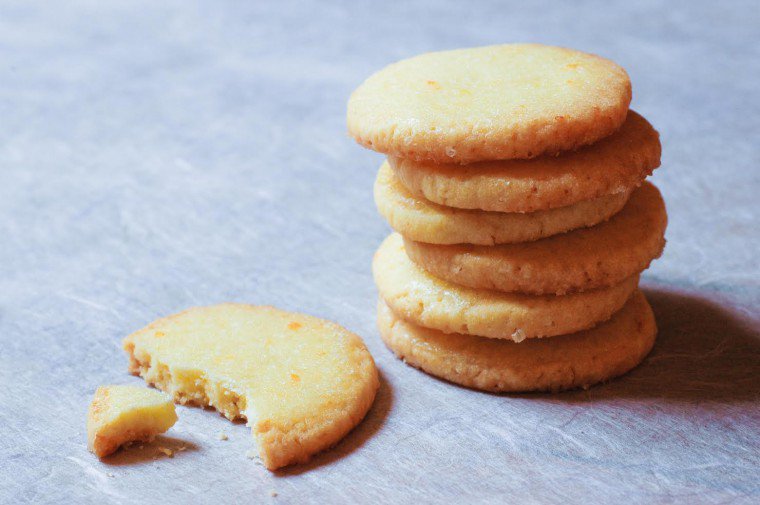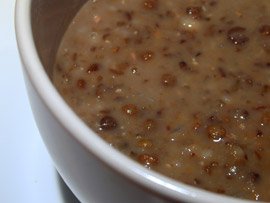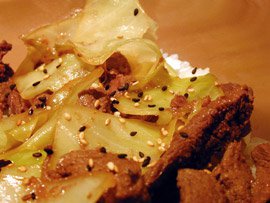
As much as I love to cook, it is sometimes very nice to have your boyfriend say, on a lazy Sunday afternoon : “you know, I think I’d like to make dinner tonight”. Though usually more of a whip-it-up-by-instinct kind of cook, on this occasion he takes out the Japanese cookbook he bought in London, picks a recipe, makes a list, goes shopping, comes back and starts working.
Very much aware of my slight tendency to meddle, I steer clear from the kitchen as he cooks, comfortably cross-legged on the couch with my laptop, but oh-so-happy to offer advice when sollicited.
We invite our neighbor-friends over, and Maxence graces us with this perfect dish : beef strips in a ginger sake and soy marinade, stir-fried with cabbage, served on a bed of sticky rice. Everybody loves it, the meat is moist and infused with flavor, and the sauce is deliciously tasty over the rice and cabbage.
Maxence glows, and reflects that there is indeed something to be said for following recipes, every once in a while…


